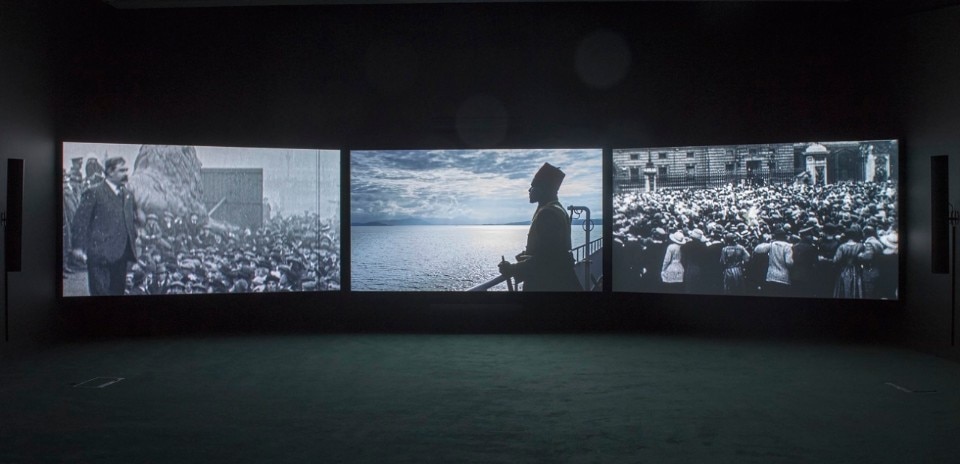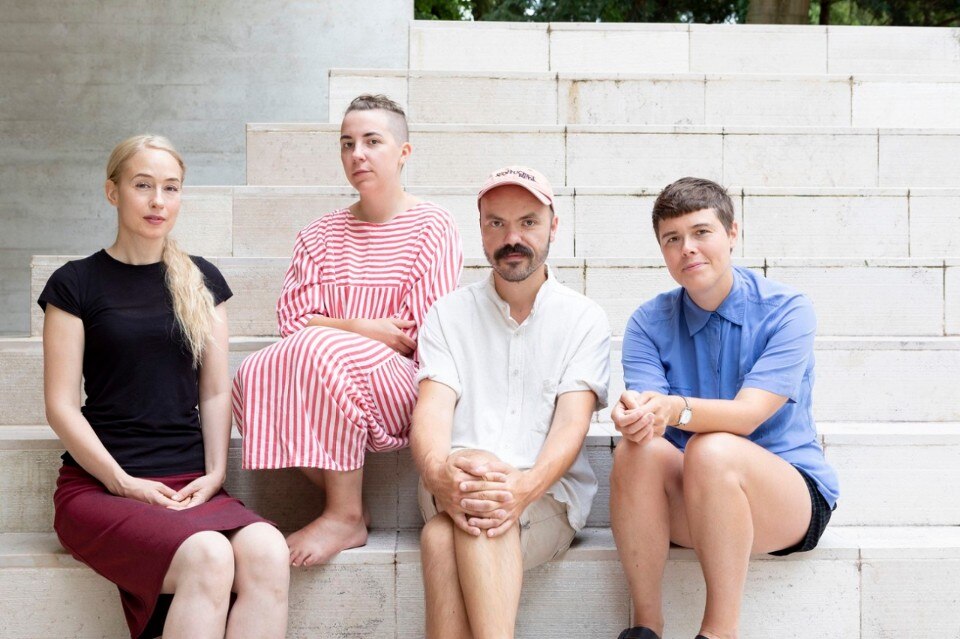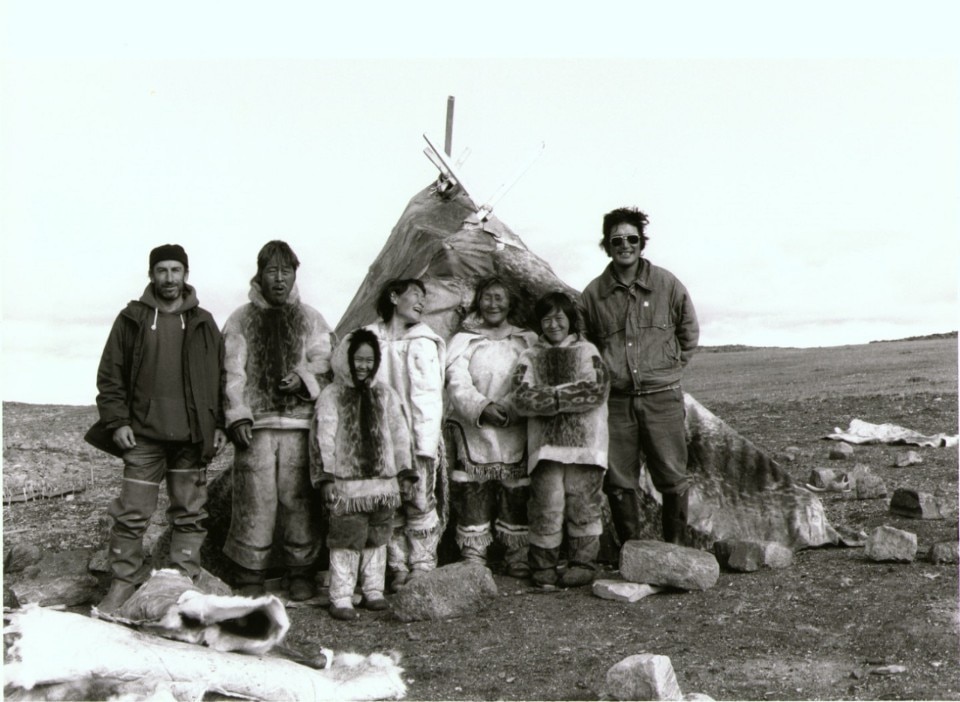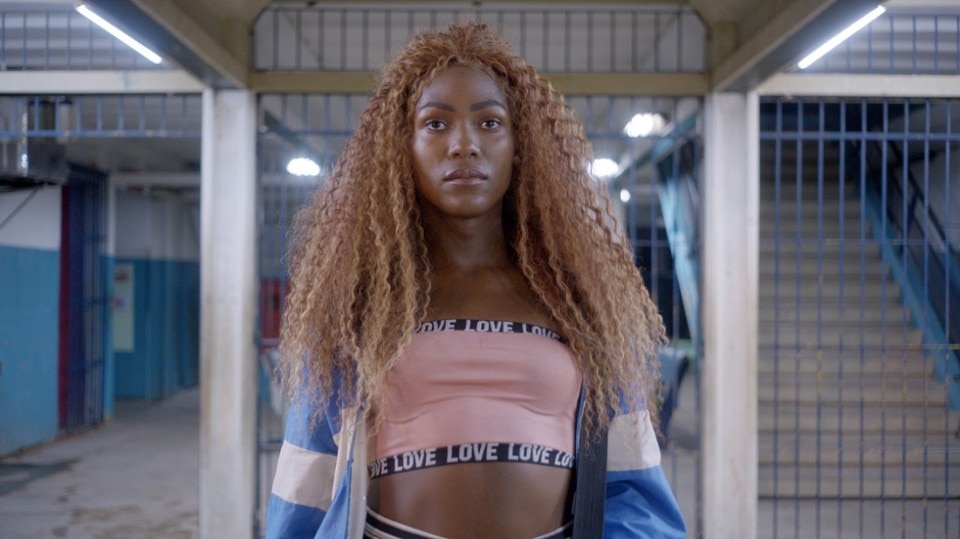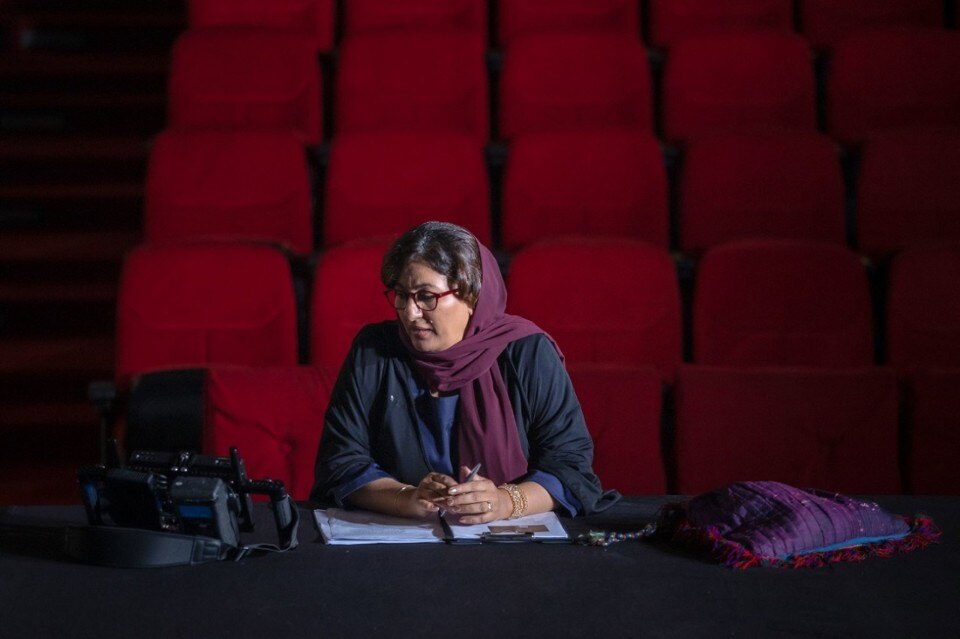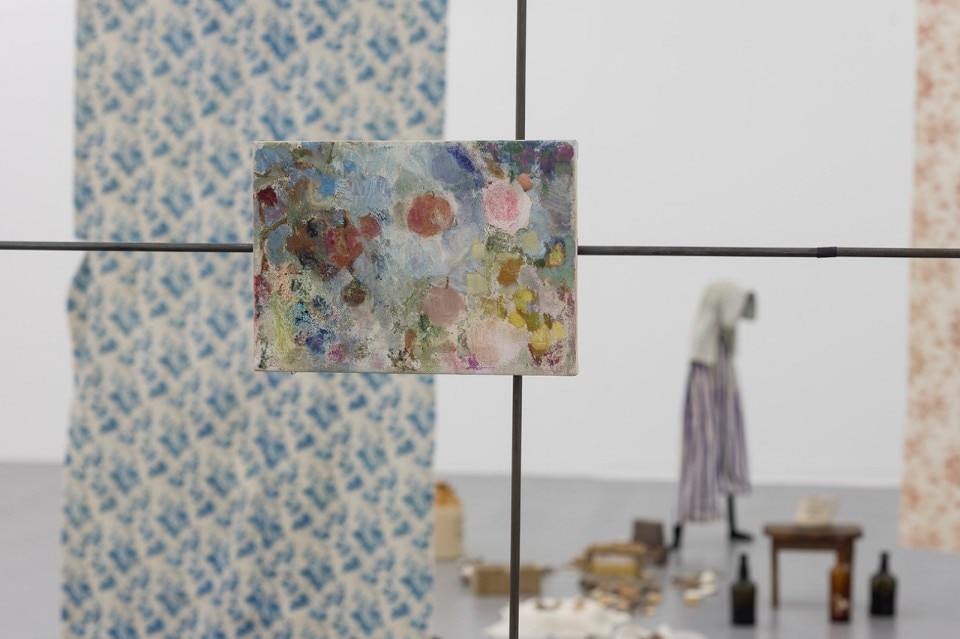In Venice, officially from 11 May to 24 November 2019, the 58th International Art Exhibition, titled “May You Live In Interesting Times”, will include artworks that reflect upon precarious aspects of existence today, while acknowledging that art does not exercise its forces in the domain of politics.
The 58th Exhibition is curated by Ralph Rugoff, currently the director of the Hayward Gallery in London. He will select works that position themselves in opposition to the simplified, reductive narratives that have come to define contemporary news cycles and polarize political discourse.
At a time of rising right-wing nationalism and xenophobia, the Venice Biennale organisers could have taken an important symbolic stand by updating the archaic system of national pavilions to reflect today’s globalized art world.
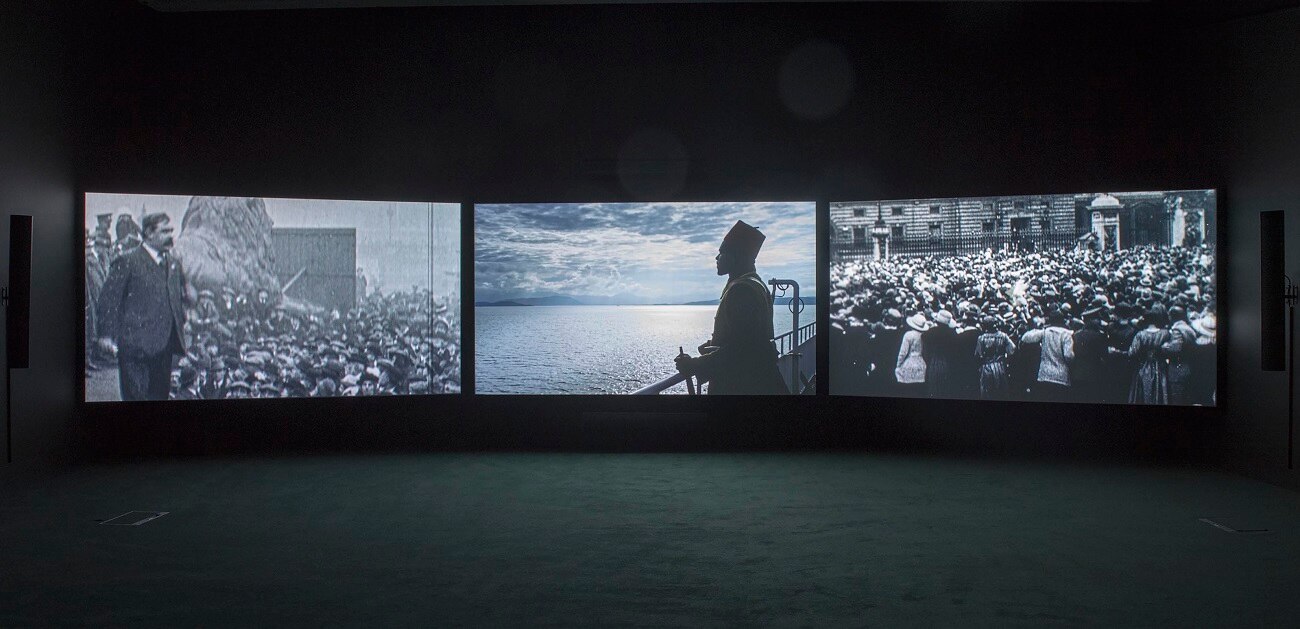
The Biennale was founded in 1895, a time when the globe was largely divided between colonizers and colonized; to still have mostly “first world” nations grouped within the Giardini and others relegated to the outside feels not just anachronistic, but misguided. Not surprisingly, in the absence of leadership from the Biennale organisers, many of the artists and curators participating to the exhibition have taken it upon themselves to present works that challenge collectively, in participatory ways, the ideas of nationhood, identity and western-centric versions of history.
We selected eleven of the most participatory, compelling national Pavilions, enhancing the seemingly-blessing expression May You Live In Interesting Times, normally used ironically, with the clear implication that “uninteresting times” of peace and tranquillity are more life-enhancing than interesting ones; which, from a historical perspective, usually include disorder and conflicts.
Finnish Pavilion
A Greater Miracle of Perception will be developed by one of the most collaborative and heterogeneous curatorial project: the Miracle Workers Collective, encompassing public events specifically developed for the Finnish Pavilion at the 58th International Art Exhibition – La Biennale di Venezia.
MWC is formed and informed by a transdisciplinary and transnational community of artists, filmmakers, writers, intellectuals, performers, and activists, curated in this special occasion by Giovanna Esposito Yussif, Christopher Wessels, and Bonaventure Soh Bejeng Ndikung.
Exploring the miracle as a poetic vehicle from which to expand perceptions and experiences, the exhibition is realised through cinematic collaborations by members of the collective, and a site-specific sculptural installation by Outi Pieski gesturing to the transnationality of the Sámi people across Norway, Sweden, Finland, and Russia.
Creating a space of encounters upon which to pause and reflect, the pavilion challenges the notion of national representation and belonging.
Nordic Pavilion
Pleasantly surprising, also the exhibition to be hosted in the Nordic Pavilion will take as its debating, dialectic theme one of today’s most pressing global issues: the complex and varied relations between humans and other living organisms in an age when climate change and mass extinction are undermining the preconditions of life on Earth.
The exhibition “Weather Report: Forecasting Future” presents a Nordic perspective through the work of artist duo Janne Nabb and Maria Teeri from Finland, Ane Graff from Norway and Ingela Ihrman from Sweden.
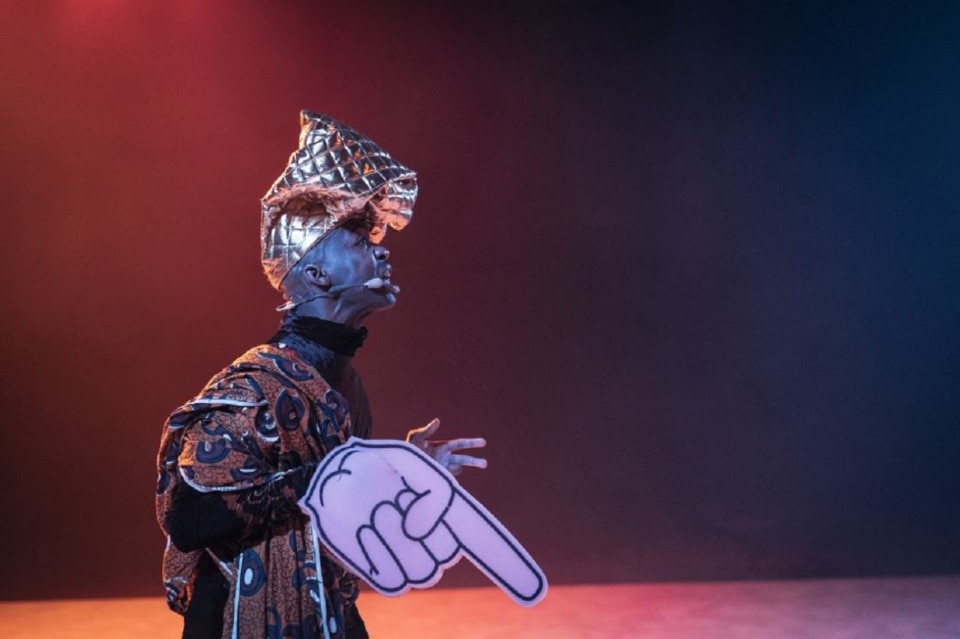
Canadian Pavilion
Once more an artistic collective called Isuma, led by Zacharias Kunuk and Norman Cohn, will represent Canada at the 58th Venice Biennale in 2019. Isuma, meaning “to think, or a state of thoughtfulness” in Inuktitut, is Canada’s first Inuit video-based production company. It was co-founded in 1990 by Kunuk, Cohn, Paul Apak Angilirq (1954–98), and Pauloosie Qulitalik (1939–2012) to preserve Inuit culture and language and to present Inuit stories to Inuit and non-Inuit audiences around the world.
Brazilian Pavilion
Focused on native cultures as well, the two rooms of the Brazilian Pavilion in Venice will be transformed into a large installation created around the film debuting at the event, Swinguerra.
The most recent project of the artist duo Bárbara Wagner & Benjamin de Burca (Brasília, 1980 / Munich, 1975) will introduce a two-channel video installation featuring the film commissioned for the occasion and, in the smaller room, a site-specific installation with portraits of the participants of the new work.
Although its production began in late 2018, Swinguerra has been in gestation since 2015, when, during the research for their first audiovisual work, Faz que vai [Set to Go] (2015), the duo made contact with the dance trend known as swingueira.
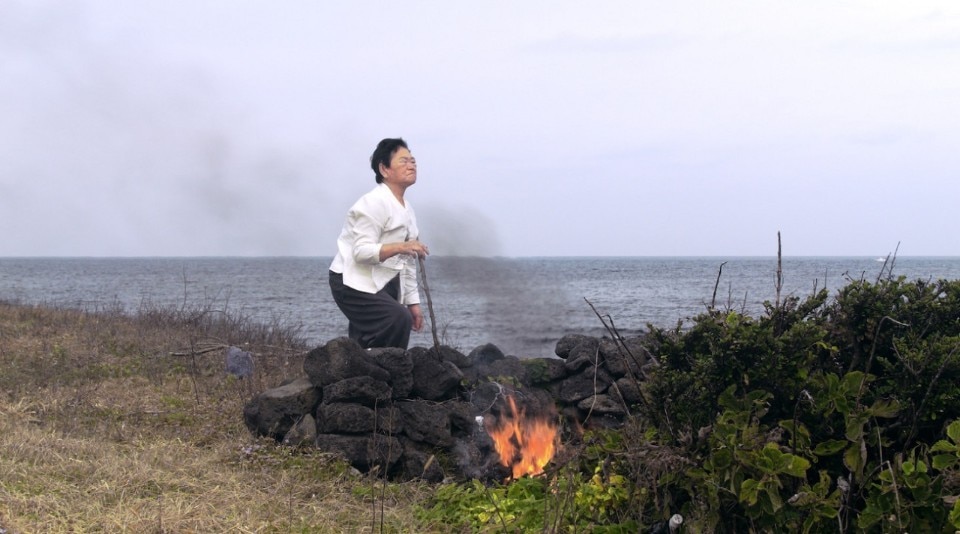
Japanese Pavilion
Even Japan will establish a space where people can turn their thoughts to and ponder the question of how we can live together, through an interdisciplinary team, working as an ensemble, composed by: Motoyuki Shitamich (Artist), Taro Yasun (Composer), Toshiaki Ishikur (Anthropologist, Associate Professor, Akita University of Art), Fuminori Nousaku (Architect Associate Professor, Tokyo Denki University) and Hiroyuki Hattori (Curator/ Associate Professor, Akita University of Art).
The exhibition takes as its starting point the “tsunami stones” artist Motoyuki Shitamichi came across in the Yaeyama Islands in Okinawa in 2015 and has been researching and photographing for several years. These stones are natural rocks that retain memories of disasters, but they have also become the subject of local religious beliefs, elements of mythology and folklore, colonies for migratory birds and homes for insects.
Korean Pavilion
It’s not clear how they’ll be dialoguing, but it’s a matter of fact, that also Korean Pavilion has selected three women artists: siren eun young jung, Jane Jin Kaisen and Hwayeon Nam.
Each artist develops practices using critical reflection based on a strong gender consciousness as they delve into both the present and parse the history surrounding the modernization of Korea and East Asia.
The title of the exhibition, “History Has Failed Us, but No Matter” is borrowed from the first sentence of novel PACHINKO (by Min Jin Lee, 2017), a fascinating storytelling of Zainichi Korean diaspora and dynamic portrayal of women positioned as the subaltern in the turmoil of the 20th century.
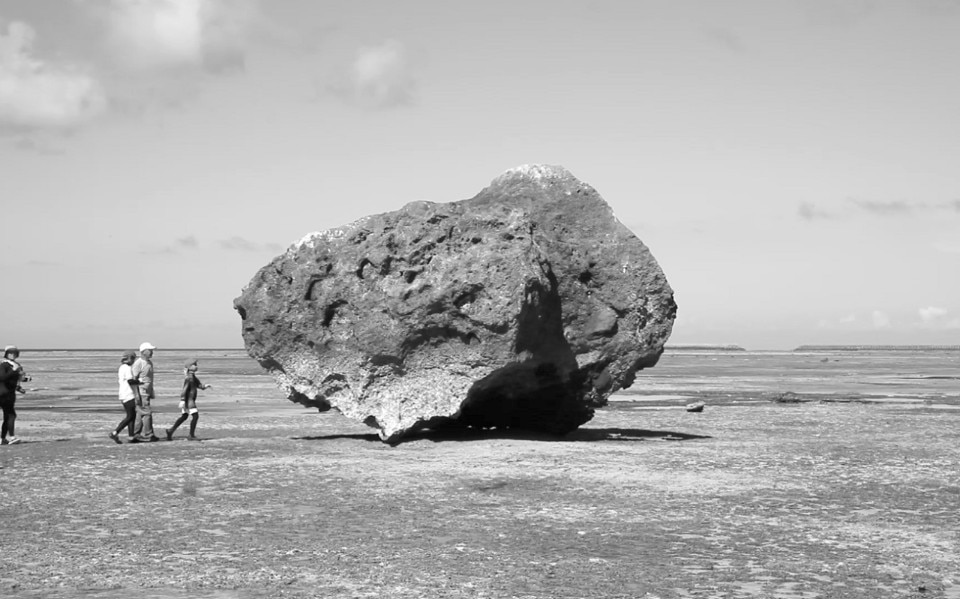
Ghanaian Pavilion
The first Ghanain Pavilion will take place in the Artiglierie of the historic Arsenale. It started as an idea by Sir David Adjaye and Nana Oforiatta Ayim, and it will be titled “Ghana Freedom”.
The pavilion will examine the legacies and trajectories of that freedom by six artists, across three generations, rooted both in Ghana and its Diasporas. Through archives of objects in large-scale installations by El Anatsui and Ibrahim Mahama. The representation and portraiture, both in the studio work of Ghana’s first known female photographer Felicia Abban and imagined by painter Lynette Yiadom-Boakye, and the relativities of loss and restitution in a 3-channel film by John Akomfrah and in a film-sculpture by Selasi Awusi Sosu.
Lithuanian Pavilion
At Fondamenta Case Nuove 2738c, in the Marina Militare, the Lithuanian Pavilion will enact a chorus of songs: everyday songs, songs of worry and of boredom, songs of almost nothing. And below them: the slow creaking of an exhausted Earth, a gasp.
For the 58th Venice Biennale, artists Rugilė Barzdžiukaitė, Vaiva Grainytė and Lina Lapelytė present the durational opera-performance Sun & Sea (Marina).
Swiss Pavilion
Woman artists will be involved also for the Swiss Pavilion, an artist duo selected by the curator, Charlotte Laubard. Pauline Boudry and Renate Lorenz will challenge notions of gender, questioning the norms that govern our representations and our life in society.
Their installations, films and performances are conceived as dispositifs capable of inventing other ways of being in the world, ones no longer split by categories of identity and binarisms. Their practice of denormalisation has led them to question the agency of artistic objects or gestures in their relationships to those who experience them.
Their interest in these modalities of action is intimately linked to their desire to find a position towards the situation of withdrawal and antagonism that we are currently experiencing.
UAE and Great Britain
Last but not neglected, we’d like to end this review whishing two artists, two women, representing two different countries, could create mutual, unpredictable feelings in order to abrogate any kind of distance, then teaching us all how to live and think in ‘interesting times.
They are: Nujoom Alghanem, renowned poet and filmmaker who is considered a leading voice of her generation, representing the United Arab Emirates and the Glasgow-based, northern Irish artist Cathy Wilkes. She will represent Britain at the 2019 Venice Biennale. At a moment when the country is trying to define what it is in relation to the rest of the world. She’ll be working with a fascinating reflection of what British Identity could represent during those days.
- 58th Venice Biennale Edition:
- May You Live In The Interesting Times
- Opening dates:
- From 11 May to 24 November, 2019
- Curated by:
- Ralph Rugoff
- Venues:
- The Arsenale, The Giardini and several old palaces
- Indirizzo:
- Venezia, Italy




